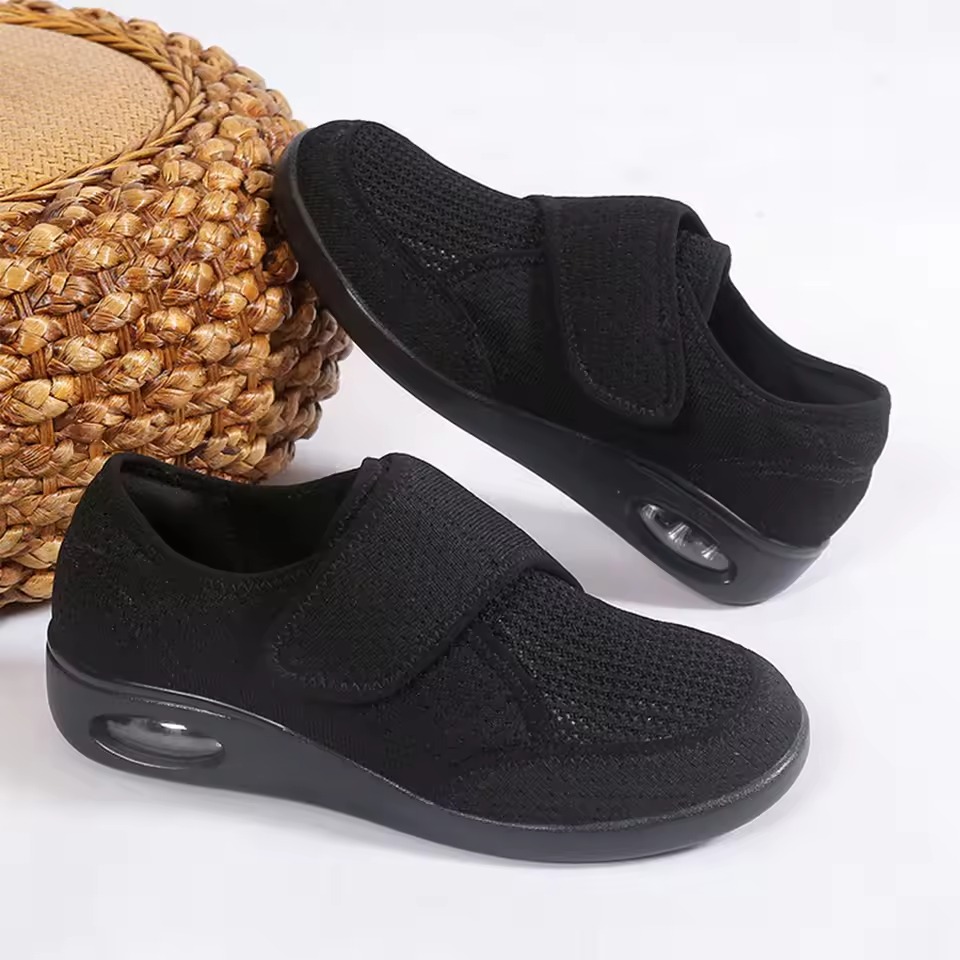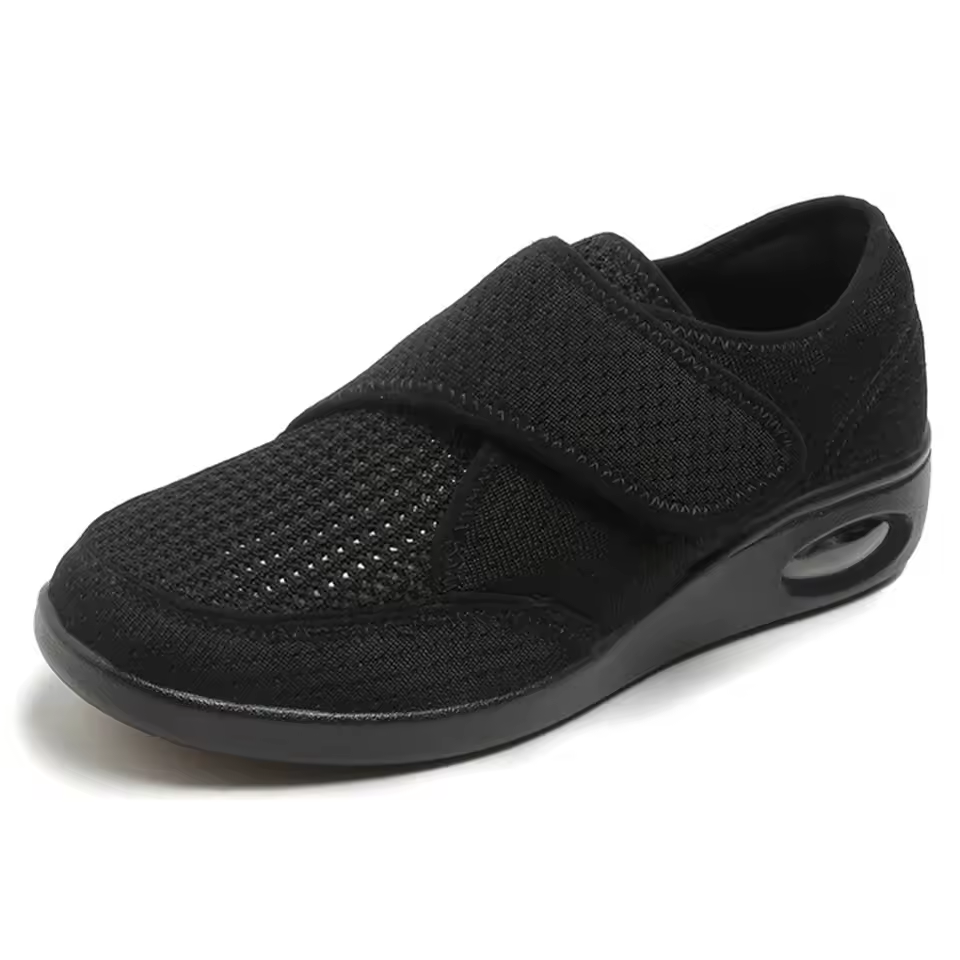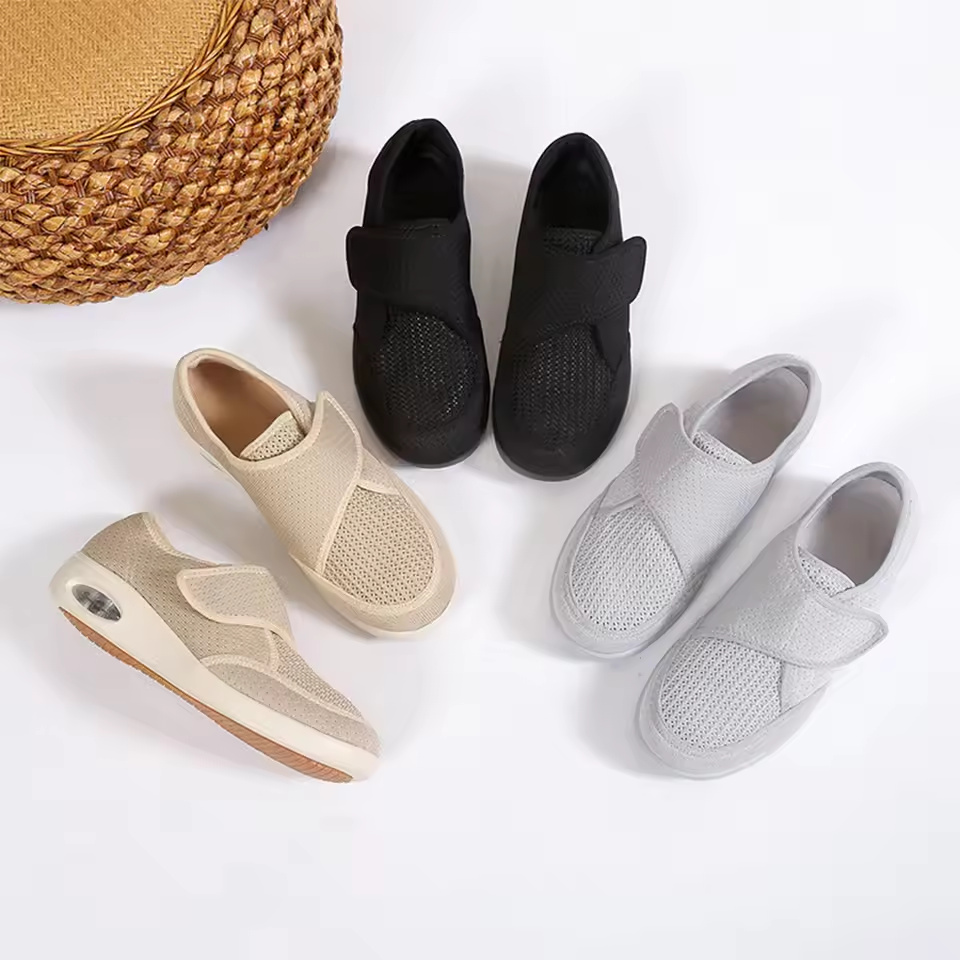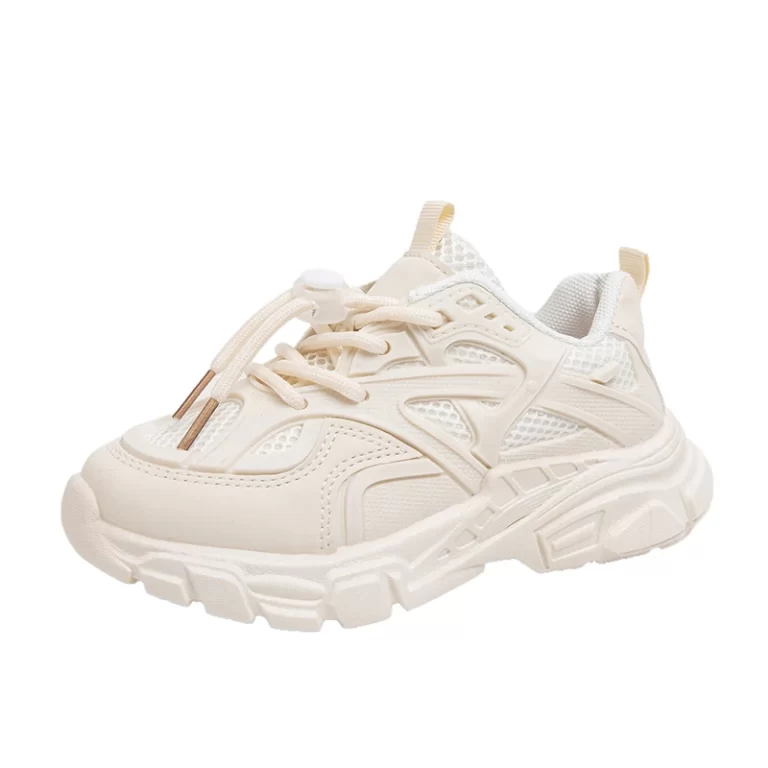Understanding Plantar Fasciitis and Its Impact on Tennis Players
Plantar fasciitis is a common concern for tennis players. It causes heel pain that can hinder performance. This condition stems from strain on the plantar fascia. This is a band of tissue connecting the heel bone to the toes. Repetitive motion on the tennis court can inflame this tissue. This results in pain and stiffness in the foot.

Tennis requires quick, repetitive movements and sudden stops. Such actions put stress on the plantar fascia. Over time, this can lead to plantar fasciitis, especially without good foot support. The best tennis shoes for plantar fasciitis will offer a solution. They help manage pain and prevent further injury. Players with the condition must choose shoes carefully. Shoes must provide ample arch support, cushioning, and a proper fit.
In essence, understanding the connection between plantar fasciitis and tennis is key. It informs the choice of footwear. The right tennis shoes can help players manage symptoms. They can also enhance their performance on the court despite plantar fasciitis.
Key Features to Look for in Tennis Shoes for Plantar Fasciitis
When hunting for the best tennis shoes for plantar fasciitis, several features are critical. Look for shoes that offer robust arch support, as this helps distribute weight evenly. This reduces tension on the plantar fascia. Shoes with thick, cushioned soles are next on the list. They absorb the shock from hard court surfaces.
A deep heel cup is another feature to seek out. It keeps the heel stable and adds extra support. A roomy toe box allows toes to spread naturally with each step. Shoes with a firm midsole will also help in dealing with plantar fasciitis. They prevent excessive foot movement that can strain the fascia. Lastly, make sure the outsole has a good grip. This minimizes the risk of slipping and adding stress to the feet.
To sum up, your ideal tennis shoes should tick the following boxes:
- Ample arch support
- Cushioned soles for shock absorption
- Deep heel cup for stability
- Roomy toe box
- Firm midsole
- Good grip on the outsole
Select shoes with these features to help manage pain and support your feet on court.
The Role of Arch Support in Tennis Shoes for Plantar Fasciitis Relief
For those battling plantar fasciitis, arch support in tennis shoes isn’t just a feature—it’s a necessity. Shoes that offer strong arch support can significantly ease foot distress. This support spreads pressure across the whole foot. It helps keep the plantar fascia from overstretching. Overstretching causes pain and damage.
Arch support caters to the contours of your foot. It allows you to maintain a natural foot position. This reduces strain during dynamic tennis moves. Remember, not all arches are the same. Find the shoe that matches your arch type—be it high, low, or neutral. Good arch support can make hours on the court less painful. It can also improve your game by stabilizing your feet.
When trying on tennis shoes, pay attention to how the arch feels. Strong support should feel natural and comfortable, not forced or excessively rigid. Consistent comfort is the goal. For the best tennis shoes for plantar fasciitis, the arch should align well with your specific foot shape. Finding the perfect balance can prevent further foot complications.
In conclusion, don’t underestimate the role of arch support. It’s a critical aspect of tennis shoes that can offer profound relief for plantar fasciitis. Shoes with appropriate arch support help mitigate pain and provide a foundation for better foot health and tennis performance.
Importance of Cushioning and Shock Absorption
For combating plantar fasciitis, cushioning in tennis shoes is not a luxury; it’s essential. The repeated impacts of tennis put your feet through a lot. A cushioned sole acts like a buffer. It absorbs the shock that your feet would otherwise take. With the right cushioning, you can reduce the impact on your plantar fascia. This means less pain and a lower chance of injury.
When looking for tennis shoes, aim for a thick sole. This should also be soft enough to compress under pressure. However, it must bounce back to shape quickly. Good cushioning will also help protect your knees and hips from the hard court impacts. Keep in mind, the best tennis shoes for plantar fasciitis should have a balance of cushioning and support.
Shock absorption is critical in every step. As you move around the court, shock absorption prevents excess force from reaching your feet. This means less strain on your plantar fascia. The less strain, the better your feet will feel during and after a match.
In summary, don’t overlook the importance of cushioning and shock absorption. These features are key in any tennis shoe selection for plantar fasciitis relief. They work together to cushion and protect your feet from the demands of the game.

Proper Fit and Sizing: A Crucial Consideration
Selecting the best tennis shoes for plantar fasciitis must include proper fit and sizing. It is vital not just for comfort but for foot health as well. Incorrect sizing can worsen plantar fasciitis symptoms. Shoes too tight can increase pressure on the plantar fascia. This may lead to more pain and injury. On the other hand, shoes too loose can cause your foot to slide. This sliding leads to additional rubbing and strain on the fascia.
Ensure your tennis shoes fit well in all areas. The heel should be snug, but not too tight. The midfoot should have enough space for your arch to sit comfortably. Check the forefoot for adequate room as well. This allows toes to move freely without pinching. Remember to leave a thumb’s width of space in the toe box. This space helps to accommodate foot expansion during play.
Foot size can change over time, so always measure your feet before buying. Do this later in the day as feet often swell after activity. Try on tennis shoes with the socks you plan to wear on the court. Walk around the store to make sure there’s no slipping or sliding.
In brief, take the time to ensure a proper fit. This reduces the risk of worsening your plantar fasciitis. Well-fitting shoes support and protect your feet with every step on the court.
Top Recommended Tennis Shoes for Plantar Fasciitis Sufferers
When searching for the best tennis shoes for plantar fasciitis, you want to prioritize your comfort and foot health. Shoes designed for plantar fasciitis should incorporate all the key features mentioned above. They must have superior arch support, ample cushioning, and shock absorption. They also need to fit well to avoid adding pressure on the inflamed plantar fascia. Here are some top recommendations that meet these criteria.
- Asics Gel Resolution 8: This shoe is a favorite among tennis players. It offers excellent arch support and uses Gel technology for shock absorption. The fit is snug yet comfortable, reducing chances of irritation.
- New Balance Fresh Foam Lav: Known for its plush cushioning, this shoe provides great comfort. The Fresh Foam midsole aids in reducing stress on the foot during play.
- Adidas Barricade: This shoe features a supportive midsole and ample cushioning. It has a reputation for durability, plus a fit that secures the foot, minimizing unnecessary movement.
- Nike Air Zoom Vapor: With a focus on responsive cushioning, this shoe is lightweight. It supports quick court movements and helps lessen the load on the feet.
- K-Swiss Ultrashot: K-Swiss offers a deep heel cup in this design, providing stability. The shoe’s cushioning system is also well-regarded for impact resistance.
Before making a purchase, try these shoes to see which ones mesh well with the shape of your feet and playing style. Remember, the best tennis shoes for plantar fasciitis should ease the pain and match individual needs. They should provide the support and cushioning your feet demand during the game.
How to Break in Your New Tennis Shoes for Optimal Comfort
Once you have selected the best tennis shoes for plantar fasciitis, the next step is to break them in properly. Doing so ensures they provide maximum comfort and support during your tennis matches. Here are some practical steps to break in your new tennis shoes:
- Start by wearing your shoes around the house. Before taking them to the court, wear your new shoes at home. This helps the material mold to the shape of your feet.
- Gradually increase wearing time. Begin with short periods and slowly extend the duration. This allows your feet to adjust to the new support and cushioning.
- Perform gentle stretches. Mildly stretch the shoes with your hands or use a shoe stretcher. Focus on tight areas to improve overall comfort.
- Use thick socks initially. Thicker socks can act as a cushion between your feet and the shoes. They help prevent blisters while you’re breaking in the shoes.
- Ensure laces are not too tight. Laces that are too tight might restrict movement and can cause discomfort. Make sure they apply just enough pressure to hold your foot securely.
- Walk on different surfaces. Try walking on both hard and soft surfaces. This helps the soles adapt to various impacts and textures.
- Include some light activity. Engage in light jogging or stretching exercises in your new shoes. It prepares them for the dynamic movements required in tennis.
Tennis shoes usually need a break-in period to reach optimal comfort levels. Don’t rush this process. Give your feet and the new shoes time to adapt to each other. This can go a long way in ensuring both comfort and the effectiveness of the features designed to help your plantar fasciitis.
Additional Tips to Manage Plantar Fasciitis for Tennis Players
In addition to selecting the best tennis shoes for plantar fasciitis, consider these tips:
- Maintain a healthy weight. Extra pounds add stress on your feet.
- Stretch regularly. Stretch your calves, Achilles tendon, and the bottom of your foot.
- Strengthen your foot muscles. Exercises like toe curls and heel raises can help.
- Wear orthotics. Custom or over-the-counter orthotics can provide extra support.
- Avoid walking barefoot. This can cause additional strain on the plantar fascia.
- Alternate your shoes. Using different pairs can reduce wear patterns that hurt your feet.
- Apply ice. Cooling your heels after playing can reduce inflammation.
- Rest appropriately. Take breaks when you notice pain and let your feet recover.
- Seek professional advice. A podiatrist can offer treatments like physical therapy.
Following these tips can help ease the symptoms of plantar fasciitis. They can also prevent the condition from affecting your game. Take care of your feet, and they will support you on the court.


